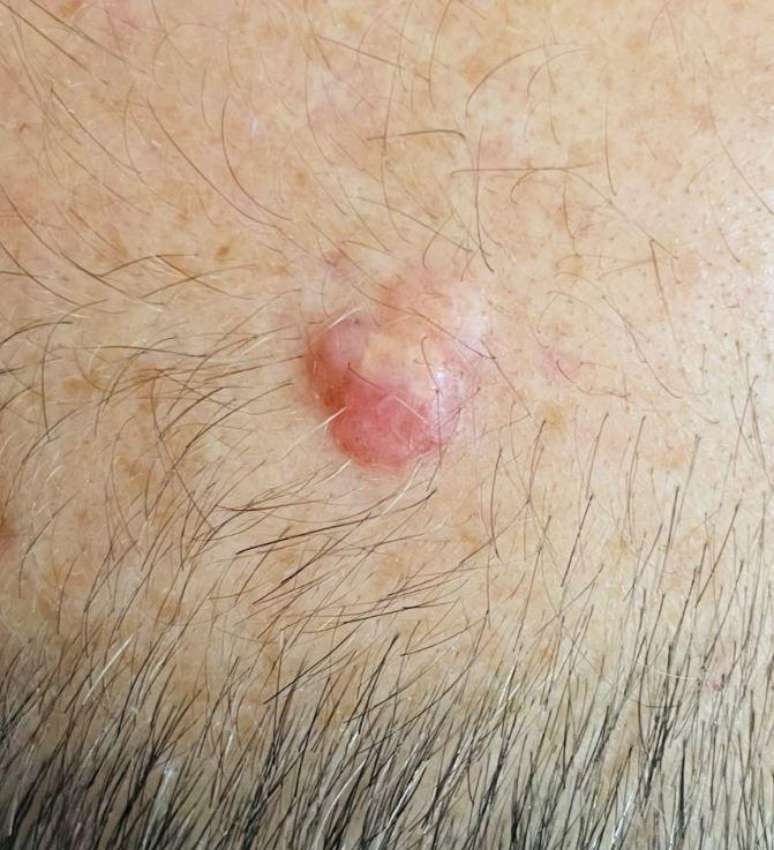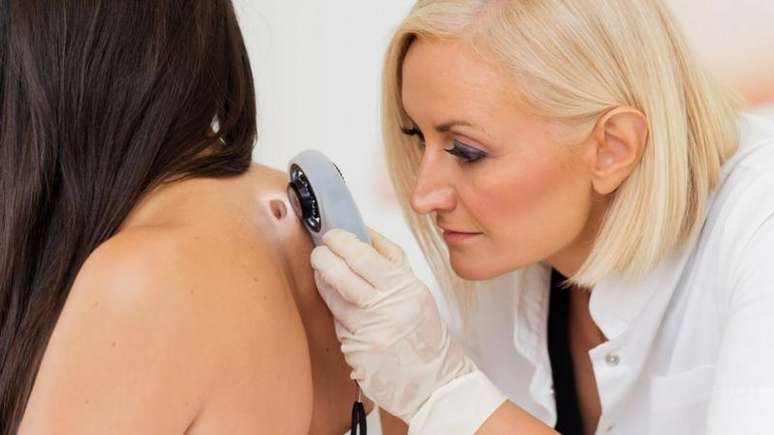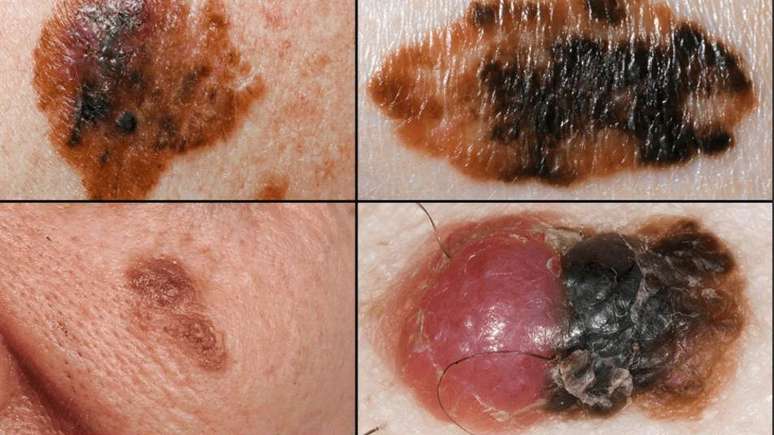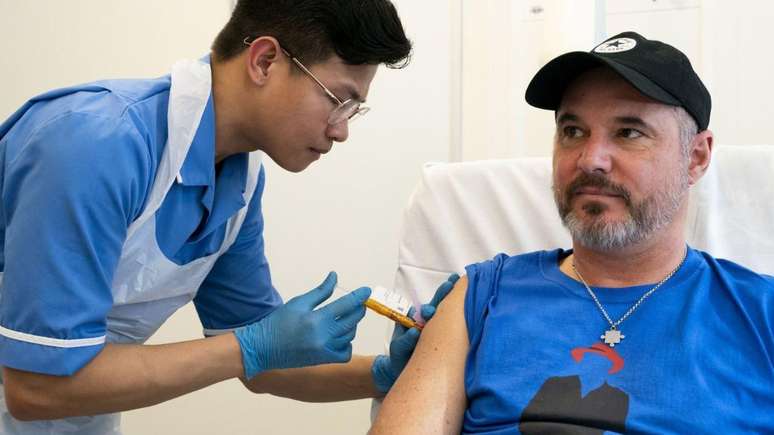Researchers are working on the latest trials of a melanoma vaccine custom-designed to help each patient
This is an important and pioneering study that could represent a significant advance in the fight against cancer.
Researchers in London are testing the first “personalised” messenger RNA (mRNA) vaccine designed to fight melanoma, the deadliest form of skin cancer.
The vaccine, technically called mRNA-4157 (V940), uses the same technology as the latest Covid-19 vaccines and is in Phase III trials, the last phase of testing before final evaluation for approval and release for large-scale use.
The United States and Australia are also participating in the testing program, but the United Kingdom was the first of the three countries to launch Phase III, following a positive evaluation of the results of the previous two phases.
One of the first patients to test this vaccine in phase III was Steve Young, 52, who had a melanoma removed from his scalp in August last year.
The goal is to help your immune system recognize and eliminate any cancer cells that may remain in your body. Hopefully, this will prevent the cancer from coming back.
Doctors at University College London Hospitals (UCLH) are giving the vaccine in combination with another medicine, pembrolizumab or Keytruda, which also helps the immune system destroy cancer cells.
Genetic signature
The vaccine and drug treatment, made by the companies Moderna and Merck Sharp and Dohme (MSD), is not yet available outside of clinical trials. Experts in other countries, including Australia, are also testing it on patients to gather further evidence and determine whether it should be widespread.
It is called a personalized vaccine because its composition is modified to suit each patient. It is specially generated to match the unique genetic signature of the patient’s tumor and works by instructing the body to produce proteins or antibodies that attack markers or antigens found only on these tumor cells.

UCLH researcher Dr Heather Shaw explained that the vaccine has the potential to treat melanoma patients and is being tested in other types of cancer, such as lung, bladder and kidney. “
It’s one of the most exciting things we’ve seen in a long time,” he said. “Because it’s personalized, it couldn’t be given to another patient because you wouldn’t expect it to work.”
“It’s really personalized. It’s very technical and patient-focused stuff,” he adds.
“With gloves”
The aim of the international UK trial is to recruit between 60 and 70 patients across eight clinics in the cities of London, Manchester, Edinburgh and Leeds.
Patients participating in the study must have undergone surgical removal of high-risk melanoma within the last 12 weeks to ensure the best outcome. Some of them will receive a dummy vaccine or a placebo instead of the vaccine. None of them, however, know which one they will receive.
“[O ensaio] It gave me the opportunity to feel like I was actually doing something to fight a potentially invisible enemy,” Young told BBC Radio 4.
“The scans showed that I was radiologically clear, but of course there was still the possibility that the cancer cells were floating around undetected. So instead of sitting there hoping they wouldn’t come back, I had the opportunity to wear the boxing gloves and Esso face”.

Melanoma symptoms
Young, who is a musician by profession, had a lump on his scalp for many years before realizing it was cancer. He said the diagnosis had a “huge impact” on him.
“I literally spent two weeks thinking ‘this is the end,’” he explains. “My father died of emphysema at 57 and I thought ‘I’ll die younger than my father’.”
The most common signs of melanoma that people should watch out for are:
- A new abnormal mole (such as a mole, blemish, or wart)
- An existing mole that appears to be growing or changing
- A change (in color or texture, for example) in an area of skin that used to be normal.

What does melanoma look like?
A change in the appearance of a mole, like in these four images, could be a sign of melanoma. The ABCDE checklist can help identify whether a mole is abnormal:
A – asymmetrical (does the sign have an irregular shape?)
B – edge (are the edges rough or irregular?)
C – color (does the signal have an irregular color with different shades?)
D – diameter (is the mark larger than the others?)
E – evolution (is it changing? Has it started, for example, to itch, bleed or crust?)
These changes are not always cancerous, but it is important to check for them. The earlier a melanoma is detected, the easier it is to treat and the greater the chance of success.

Data from the phase II trial, published in December, revealed that people with severe, high-risk melanomas who received the shot alongside Keytruda immunotherapy were nearly half (49%) as likely to die or cancer recurrence after three years compared to those who received the medicine alone.
Shaw said there was real hope that the therapy could be “game-changing”, especially as it appeared to have “relatively tolerable side effects”.
These include tiredness and pain in the arm when the shot is given, and he adds that for most patients it appears to be no worse than the flu vaccine or Covid-19.
Source: Terra
Rose James is a Gossipify movie and series reviewer known for her in-depth analysis and unique perspective on the latest releases. With a background in film studies, she provides engaging and informative reviews, and keeps readers up to date with industry trends and emerging talents.







